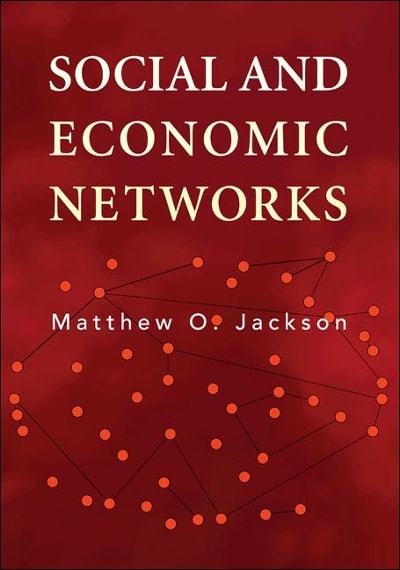Question
1.A researcher in sports psychology is interested in the resting pulse of long-distance Lincoln University runners. She does some research and finds data showing that
1.A researcher in sports psychology is interested in the resting pulse of long-distance Lincoln University runners. She does some research and finds data showing that the national average of college long-distance runners is 58 beats per minute (mean of the population) and the standard deviation (of the population) is 5.14.She randomly samples 20 long-distance runners and finds that the sample mean is 62.035.Test the viability of the hypothesis that the pulse rate for LU runners ishigher (one-tailed test)than the national average.Use a one-sample z test.
a. State the null and alternative hypotheses mathematically and in words.
b. Determine the critical values for = .025
c. Calculate the one-sample z test
d. Make a decision and state a conclusion.
2.Adjusting to the first year of college can be hard, especially if something traumatic happens back at home. A veterinarian in an imaginary college town, Dr. Richman, wondered if the GPAwent downfor students who lost a family pet while they were away at college. The vet found 11 students at the college who indicated that their pets at home had died during the year. He had each student report his or her GPA for the year and found the mean was 2.58 with a standard deviation of 0.5. It is known that the mean GPA in the population is 2.68.
a. State the null and alternative hypotheses mathematically and in words.
b. Determine the critical values for = .05
c. Calculate the one-sample t-test - be careful, it is a directional test (one-tailed)
d. Make a decision and state a conclusion
3.Some people claim that women can experience "mother hearing", an increased sensitivity to and awareness of noises, in particular noises made by children. This special ability is often associated with being a mother, rather than simply being a female.Using hypothetical data, let us put this idea to the test.Imagine we recruit women to come to a sleep experiment where they think they are evaluating the comfort of different mattresses.While they are asleep, we introduce noises to test the minimum volume needed for women to be awakened by the noise. Here is the data
Mothers: M1= 47, n1= 5, (s1)2= 190
Non-mothers: M2=58, n2= 3, (s2)2=124
4.Is there a significant difference between mothers and non-mothers regarding the detection of noises?
a. State the null and alternative hypothesis mathematically and in words
b. Determine the critical values for = .01
c. Calculate the two independent samples t-test
d. Draw a conclusion.
Step by Step Solution
There are 3 Steps involved in it
Step: 1

Get Instant Access to Expert-Tailored Solutions
See step-by-step solutions with expert insights and AI powered tools for academic success
Step: 2

Step: 3

Ace Your Homework with AI
Get the answers you need in no time with our AI-driven, step-by-step assistance
Get Started


